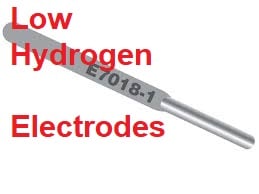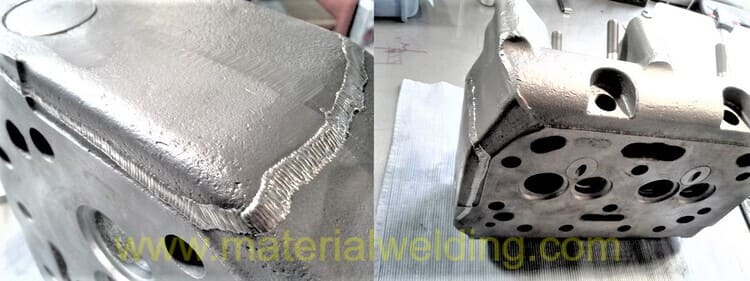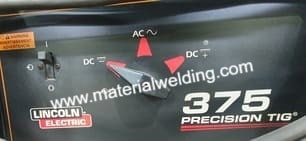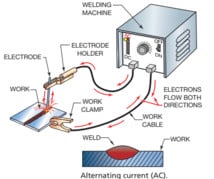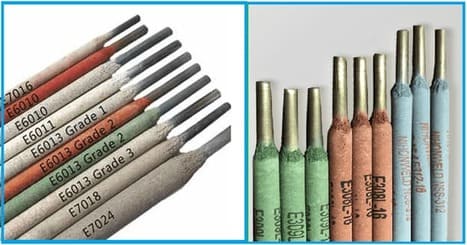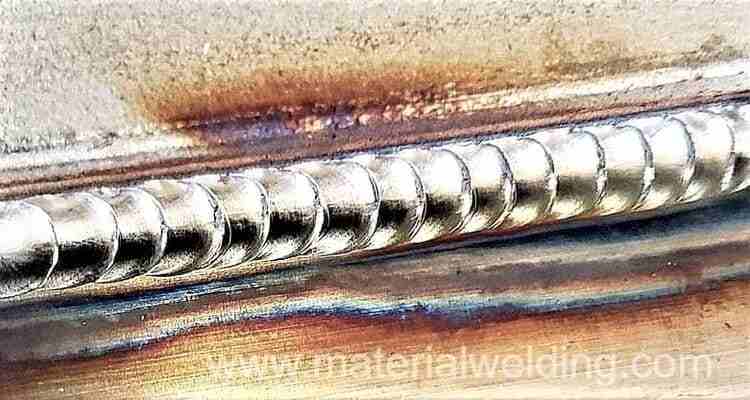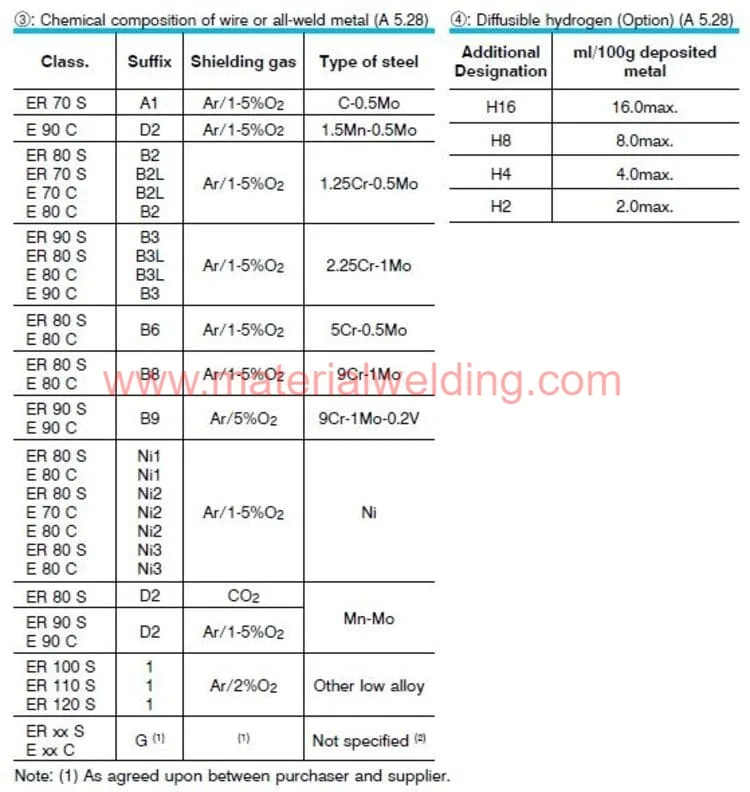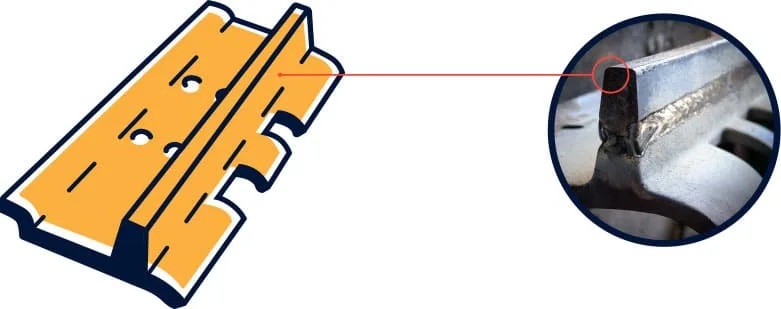6011 vs 6013 welding rods: Detailed overview
If you’re a welding personnel either welder or inspector or engineer, you might have come across two popular options: the 6011 and 6013 rods.
This article covers a detailed in-depth overview of 6011 vs 6013 welding rods.
Both of these rods are commonly used in welding, but they have some distinct differences in their composition, performance, and suitability for specific welding applications.
In this post, we will explore the differences between these two welding rods and help you decide which one might be the better option for your specific welding needs.
Whether you’re a beginner or a professional welder, understanding the differences between these two welding rods can help you make an informed decision and ensure the best welding results.
So, let’s us see the main similarities & differences between the 6011 and 6013 welding rods!
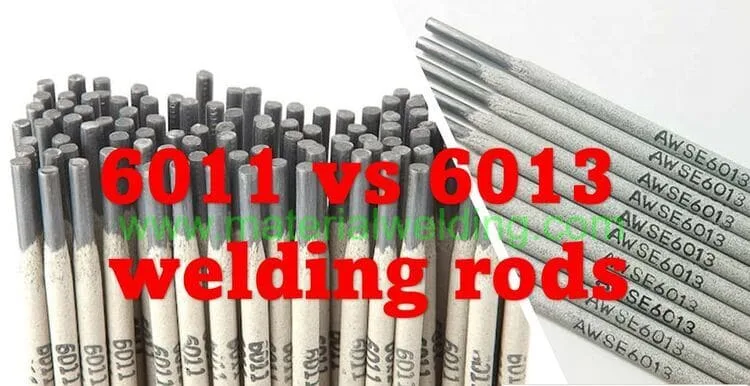
E6011 Welding Rod
If you’re a welder, you might be familiar with the E6011 electrode. These electrodes are designed to be used with AC current and mimic the mechanical properties and usability characteristics of the E6010 classification.
While they can also be used with DCEP, you may notice a decrease in joint penetration compared to the E6010 electrodes.
When it comes to arc action, slag, and fillet weld appearance, the E6011 electrodes are quite similar to the E6010 electrodes.
The covering on the E6011 rods contains a high amount of cellulose, which gives them the classification of high-cellulose potassium type.
In addition to the usual ingredients found in E6010 coverings, you’ll find small amounts of calcium and potassium compounds.
Knowing this information can help you determine whether the E6011 electrode is the right choice for your next welding project.
E6013 Welding Rod
As a welder, you may be familiar with the E6013 electrode, which shares many similarities with the E6012 electrode but also has some notable differences.
One of the main differences is that the flux covering of the E6013 electrodes makes slag removal easier and provides a smoother arc transfer compared to E6012 electrodes.
This is especially true for smaller diameters, such as 1/16 in, 5/64 in, and 3/32 in (1.6 mm, 2.0 mm, and 2.5 mm), allowing for satisfactory operation with lower open-circuit AC voltage.
The E6013 electrodes were originally designed for light sheet metal work, but larger diameters are now used for many of the same applications as E6012 electrodes, providing a low-penetrating arc.
It’s important to note that the smaller diameters of E6013 electrodes produce a less penetrating arc than what is obtained with E6012 electrodes.
This can result in incomplete penetration in fillet welded joints.
The coverings of E6013 electrodes typically contain rutile, cellulose, ferromanganese, potassium silicate as a binder, and other siliceous materials.
The potassium compounds in the covering allow these electrodes to operate with AC at low amperages and low open-circuit voltages.
However, it’s worth keeping in mind that E6013 electrodes usually cannot withstand the high amperages that can be used with E6012 electrodes in the flat and horizontal welding positions.
Understanding the characteristics and limitations of E6013 electrodes can help you determine if they are the best choice for your specific welding job.
6011 vs 6013 welding rods Comparison & Differences
The below table outlining the differences between E6011 and E6013 welding rods:
| Property | E6011 | E6013 |
|---|---|---|
| AWS Specification | AWS A5.1 | AWS A5.1 |
| Classification | E6011 | E6013 |
| Coating type | High cellulose potassium | High titania potassium |
| Polarity | AC or DC+ | AC or DC+, DC- |
| Penetration | Deep | Shallow |
| Slag | Difficult to remove | Easy to remove |
| Arc transfer | Forceful spray | Smooth |
| Application | Thick materials | Thin materials |
| Weld appearance | Coarse, uneven ripple | Smooth, uniform |
| Ideal for | Heavy-duty projects, construction, pipeline welding | Light-duty projects, sheet metal work, hobbyist welding |
| Cellulose content | High | Moderate |
| Amperage range | 50-150 amps | 40-120 amps |
| Tensile Strength | Min. 60 Ksi | Min. 60 Ksi |
| Yield Strength | Min. 48 Ksi | Min. 48 Ksi |
